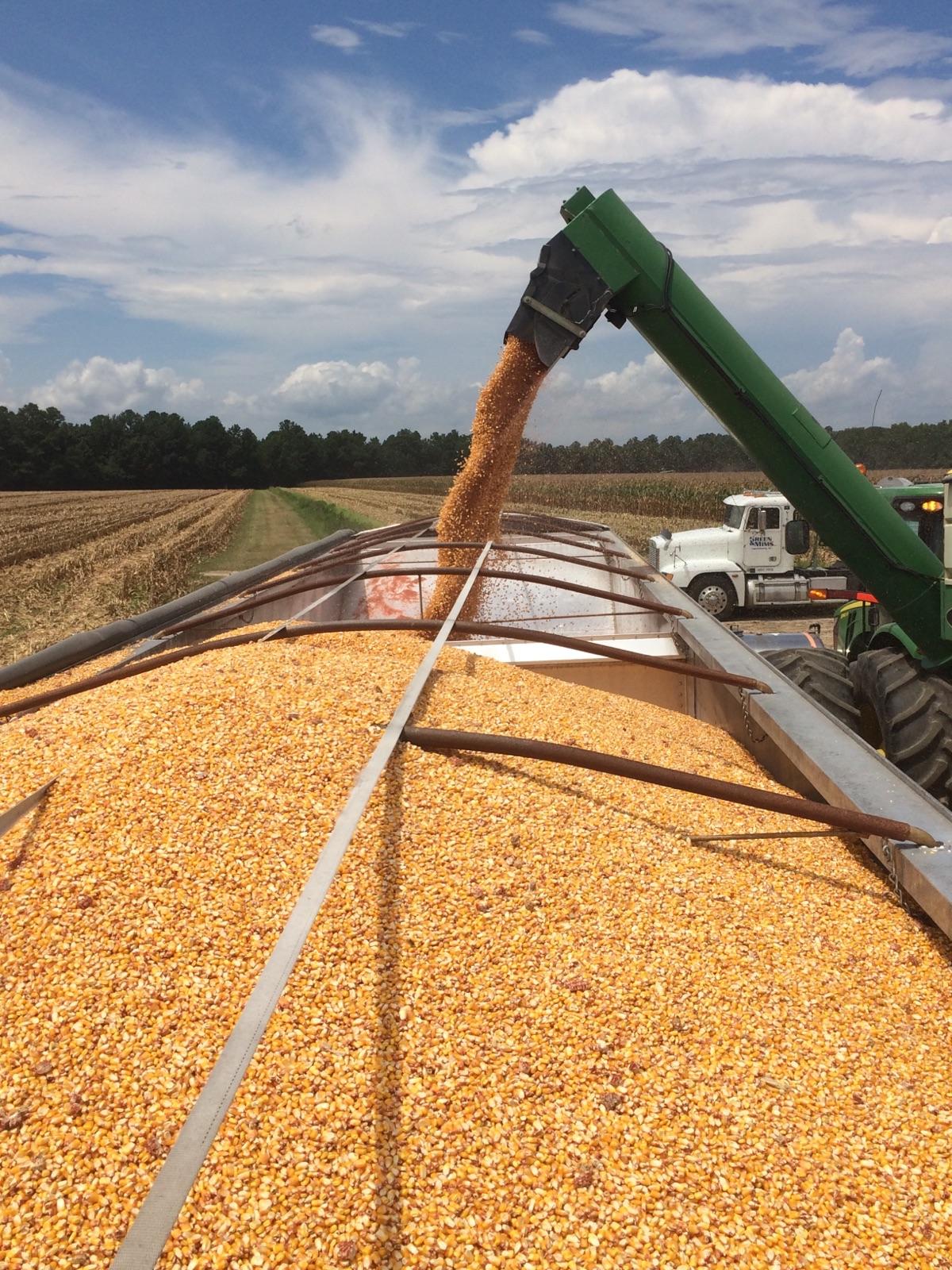These days, we hear a lot about the “farm-to-table” culinary trend. Consumers and self-proclaimed foodies perceive their food as being higher quality and more responsibly sourced when they feel connected to it.
In keeping with this trend, some restaurants even note on their menu which local farm provided the beef that became tonight’s steak entrée. The restaurant connects consumers to their food, while claiming the fashionable “farm-to-table” attribute in the process.
Similarly, in the case of the U.S. soy value chain, the processor is like the restaurant. They connect the end users who buy soybeans, and those who ultimately consume them, with the farmers who grow them.
By providing transparency in how their soybeans are sourced, and making it known that they only purchase and process sustainable products, the processor meets consumer sustainability demands. The processor also gains the sustainably sourced attribute as a competitive advantage.
Sustainability is many things in the value chain. It’s a way of life for most U.S. soybean farmers, an expectation of many end users and a competitive advantage for processors.
Connecting consumers to their food
“Transparency is important because it better connects the consumer with the source of their food products,” says Tim Venverloh, director of sustainability for ADM. “At ADM, our sustainability programs are designed to supply the market with responsibly sourced crop products.”
End users might be the ones demanding sustainability, and the transparency to back it up, but they aren’t the only ones benefiting from it.
Transparency benefits the U.S. farmers who sell sustainable soy. It benefits processors that serve as the conduit between U.S. farmers and their customers. And it benefits us all as sustainable practices help preserve the water we all drink, the air we all breathe, and the land we share.
“ADM’s corporate commitment to sustainability is twofold,” says Venverloh. “Sustainability is a part of our company’s culture and sense of corporate responsibility, but it’s also a response to the needs of the market and the communities where we live and work.”
As consumers have greater interest in where their food comes from, major U.S. processors, like ADM, are shining a spotlight on U.S. soybean farmers and their sustainable practices. This gives end users a glimpse behind the farm gates without ever leaving home.
Transparency – From Farm Gate to Consumer Plate
The importance of transparency from soybean famer to processor to end user is clearly spelled out in ADM’s 2015 Corporate Sustainability Report.
Supply Chain
Working to Advance Sustainable Agriculture Worldwide
ADM connects the harvest to the home, making products for food, animal feed, chemical and energy uses. We generally do not grow crops; we typically buy them from growers and third parties that market crops from many different growers.
We do, however, occupy a prominent position in the agricultural value chain that extends from the farm gate to the consumer’s plate, which is why we work closely with our industry peers, trade associations, growers, governments, NGOs and operating communities to improve the quality and availability of crops in the global supply chain, and the lives of farmers and communities that grow these crops.
